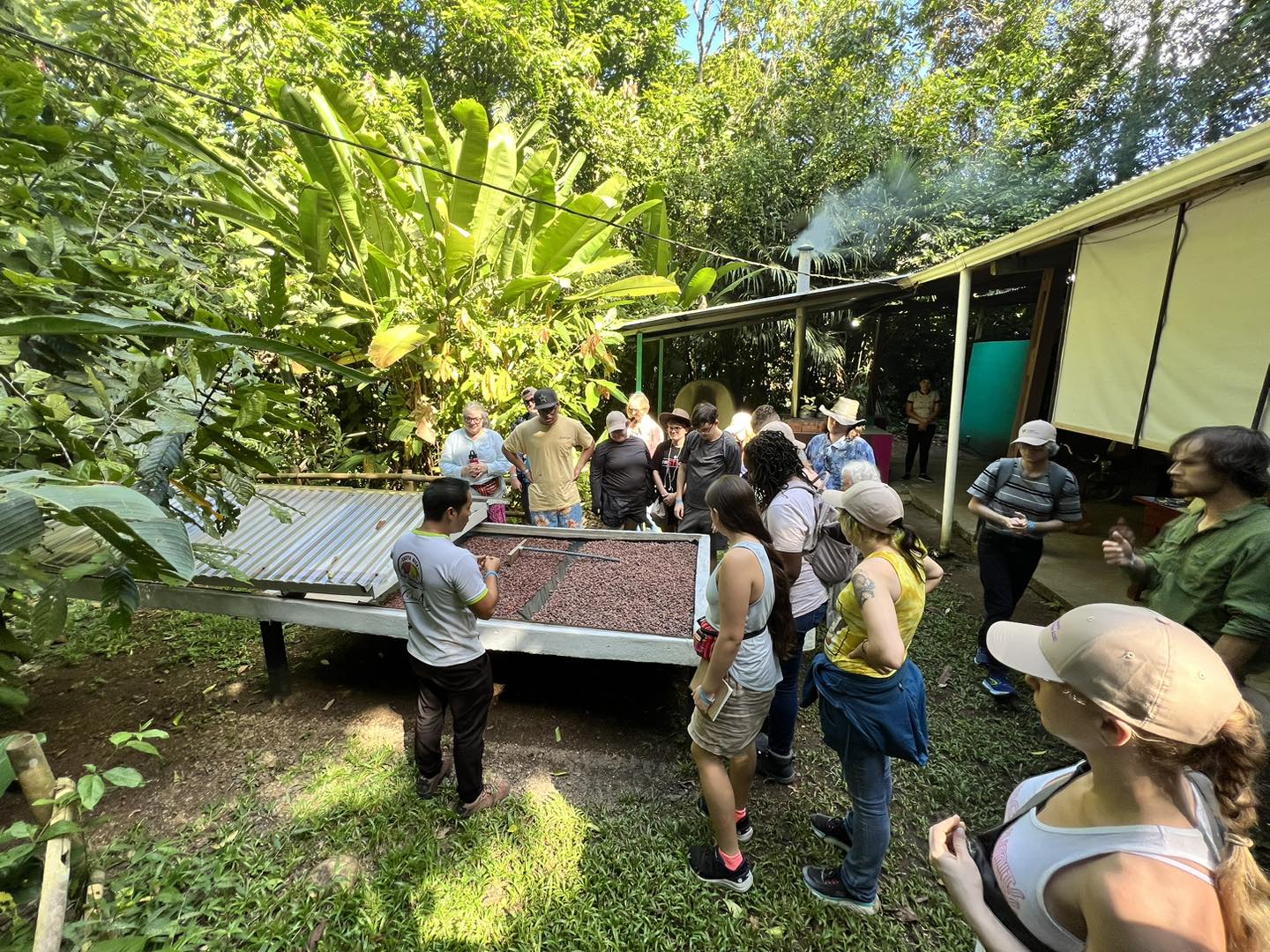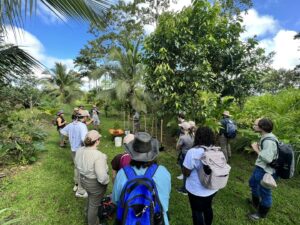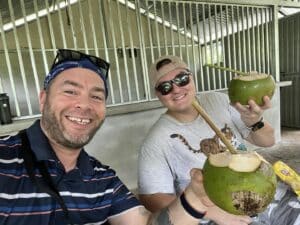
A recent study published in the journal Biological Conservation suggested that a thrifty method to conserve sharks and rays in Indonesian waters would be paying fishers not to haul them in. The journal Conservation Biology published a study highlighting a dozen potential ways aquaculture could benefit the ecology. And NatureServe, a conservation research group, warned in a recent report that more than a third of species and ecosystems in the United States stands on the verge of extinction.
Three unrelated related reports connected by one thread: nature’s fragility and the importance of environmental conservation.
Exploring that crucial nexus underscored a recent trek 15 anthrozoology students took to Costa Rica as part of a weeklong exploration into environmental conservation.
From exploring the rainforest to learning about wildlife rehabilitation, the group gained a firsthand understanding of the critical importance of tropical ecosystems and the conservation efforts underway to protect them.
With the Selva Verde Lodge and Rainforest Reserve serving as their home base, the group’s first outing was an interpretive hike through the rainforest learning about flora, fauna, and the layers of the canopy in this unique ecosystem. During the hike, the students spotted wild howler and spider monkeys in addition to a wide variety of wildlife.

Another adventure came via a riverboat excursion on the Río Sarapiquí. The group learned about how banana plantations along the river affect the environment and wildlife, yet are an important part of the local economy.
For Charles Dion, a sophomore anthrozoology major, the river tour put him up close to his ultimate wildlife experience: just feet away from American crocodiles.
“My favorite part of this trip was probably not shared by my peers. I am a massive fan of crocodiles, and I got to stand about 15 feet away from one of the largest crocodiles I have ever seen, roughly 13 feet long,” Dion said. “The experience of staring at an American Crocodile is not one I will soon forget.”
In addition to wildlife expeditions, the students learned about the cultural history of chocolate through a walk in a cacao plot and experienced the chocolate-making process firsthand — including sampling the chocolate that was traditionally prepared right there.
With flocks of aviary species in the area, the students visited a toucan rescue ranch and learned about wildlife rehabilitation up close. Additionally, at the Selva Verde Lodge and Rainforest Reserve, they learned about the conservation efforts for the great green macaw and got to see the wild birds fly home for the evening.

“It’s awesome to teach students in the classroom the theories of environmental conservation, but for them to have the hands-on experience takes their learning to another level,” Cushing said.